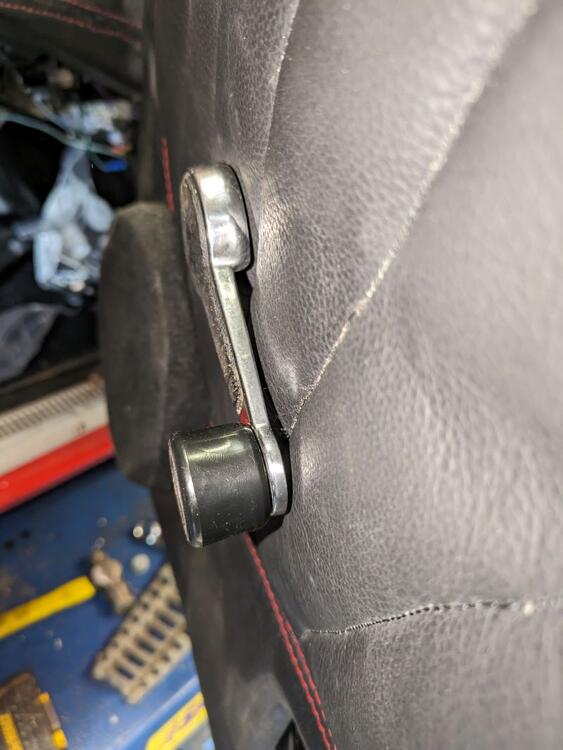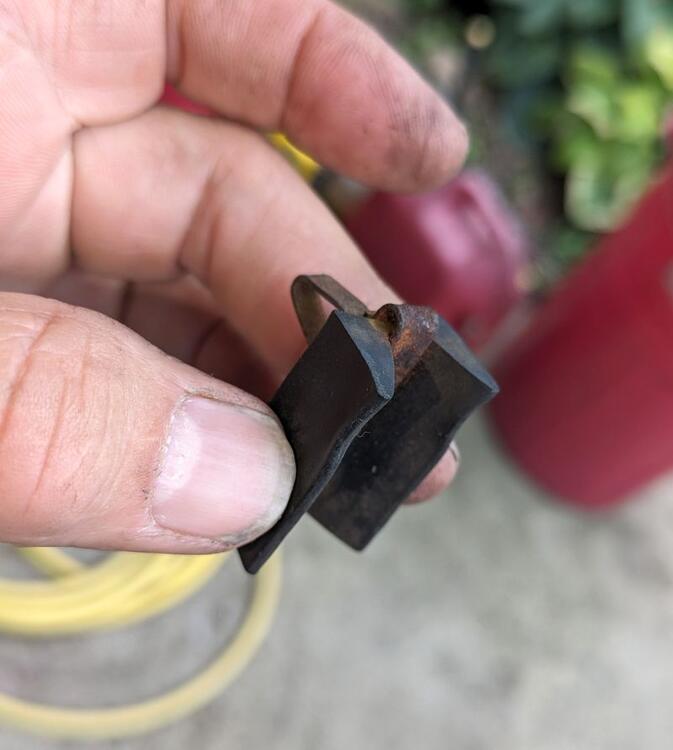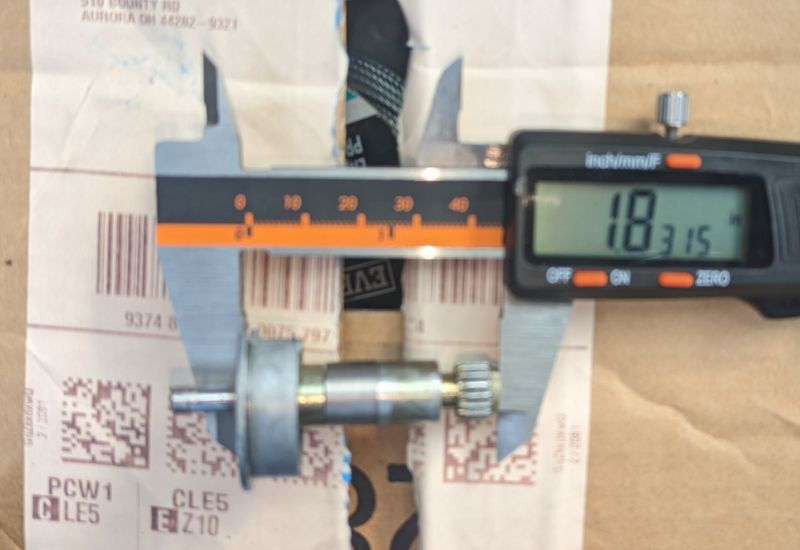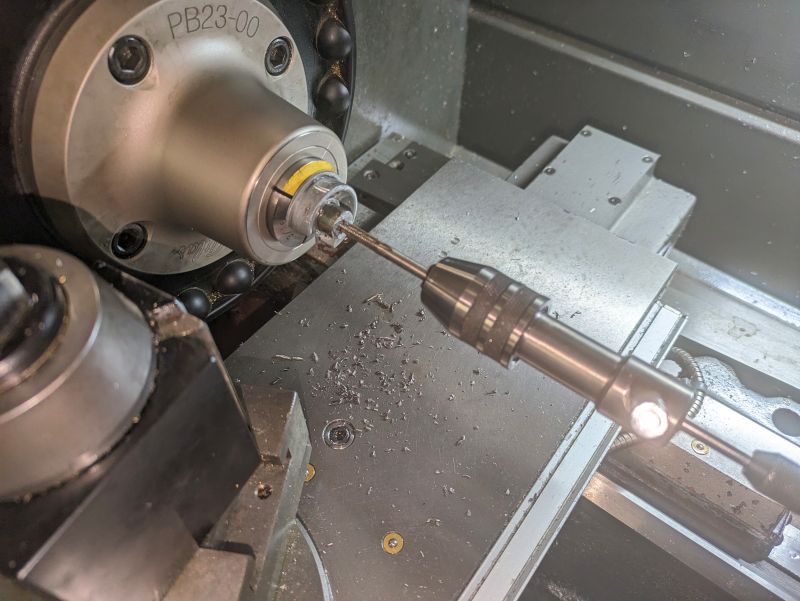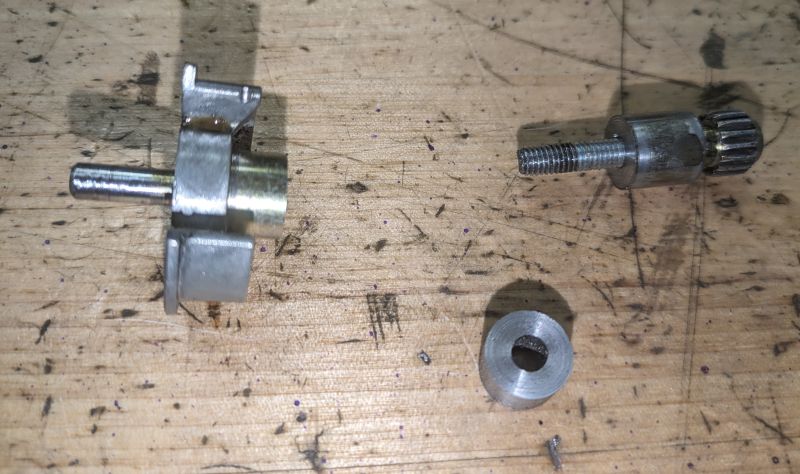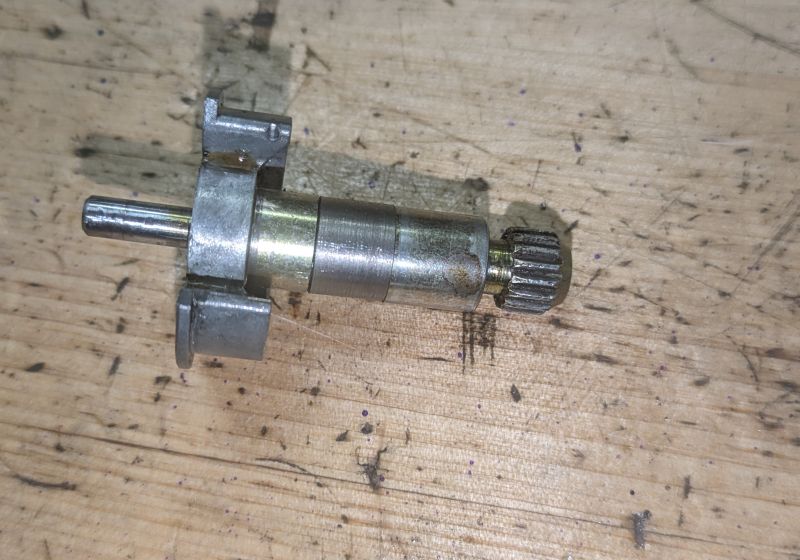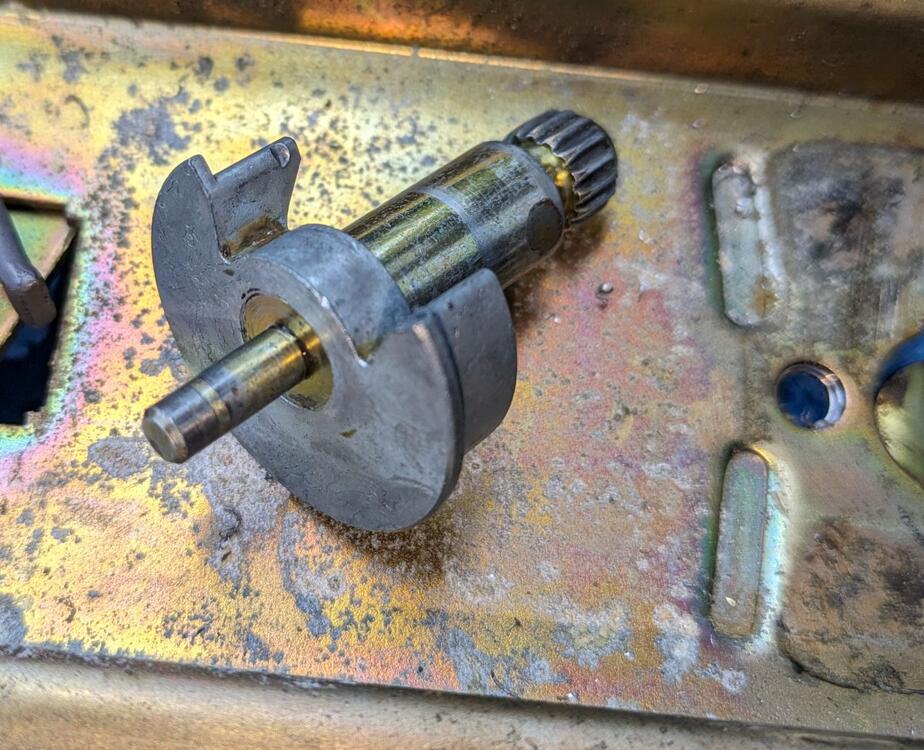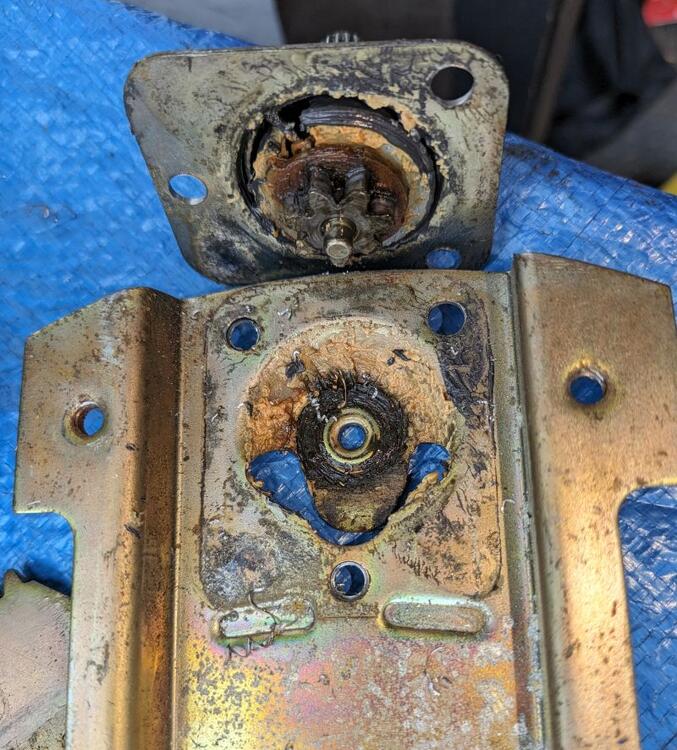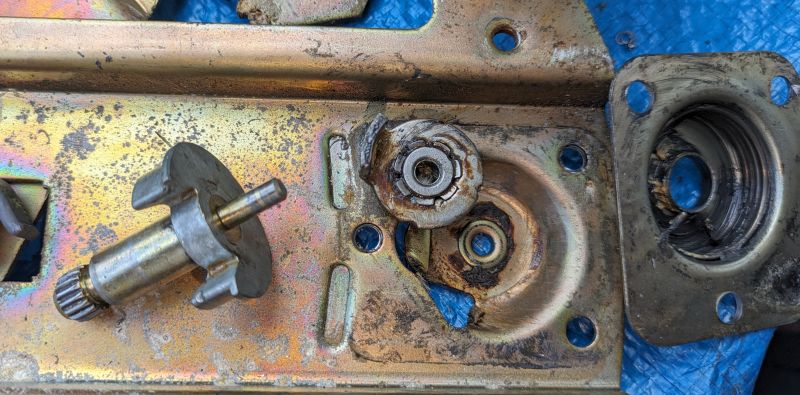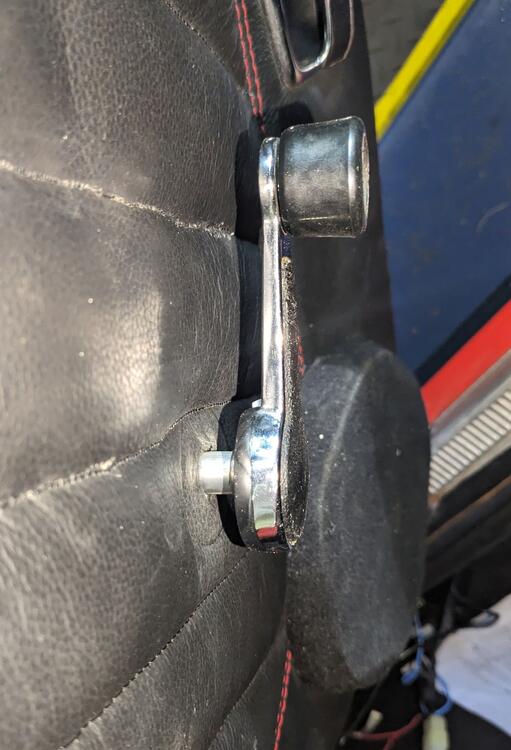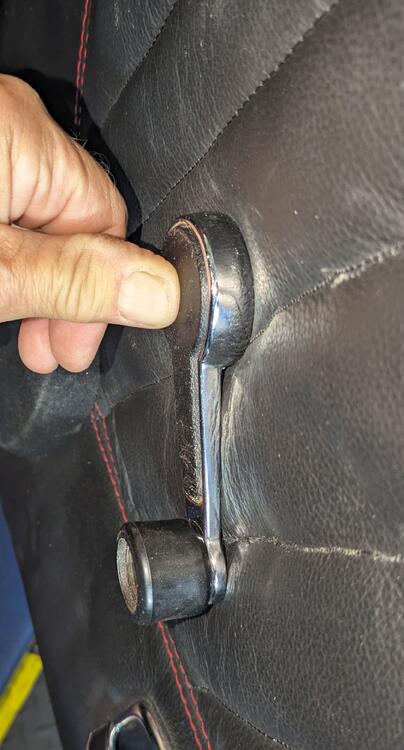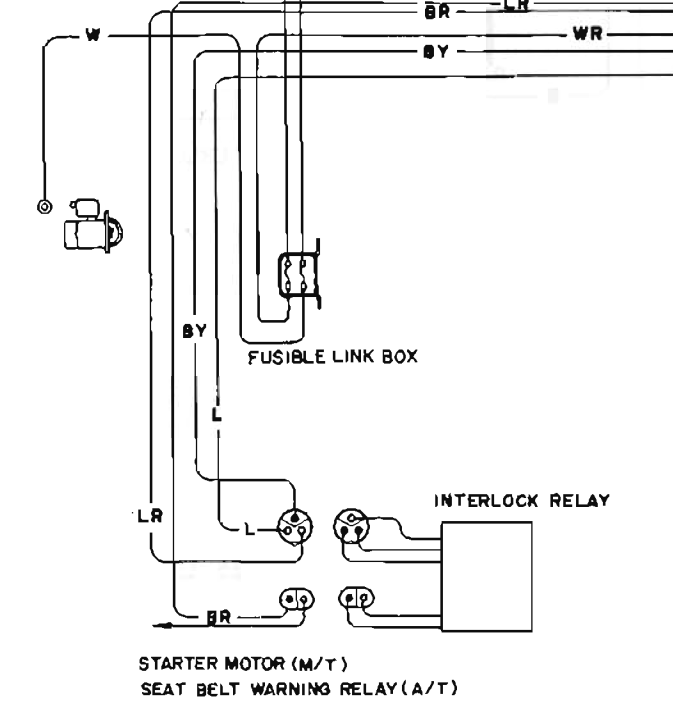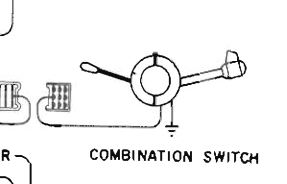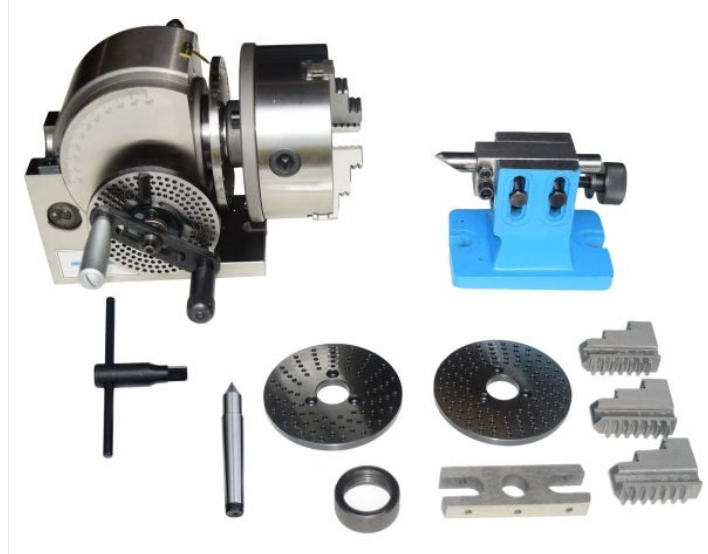-
Posts
605 -
Joined
-
Last visited
-
Days Won
1
Content Type
Profiles
Knowledge Base
Zcar Wiki
Forums
Gallery
Events
Downloads
Store
Blogs
Collections
Classifieds
Everything posted by Jeff Berk
-
Here's some photographs of the two sets. Note that one is missing the plastic handle that fits over the adjustment lever. It still works. The plastic cover cracked and fell off. I might still have it but it would have to be glued on. They work fine but need some cleaning up and lubrication. I suspect shipping would be expensive to Finland.

 Subscriber
Subscriber

